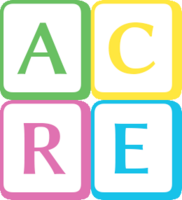404 Page Not found


We're sorry, but we cannot find that page.
HIFIS Training
Crystal Reports Training
Reports
Copyright © 2025 ACRE Consulting
___MESSAGE___
___MESSAGE___
